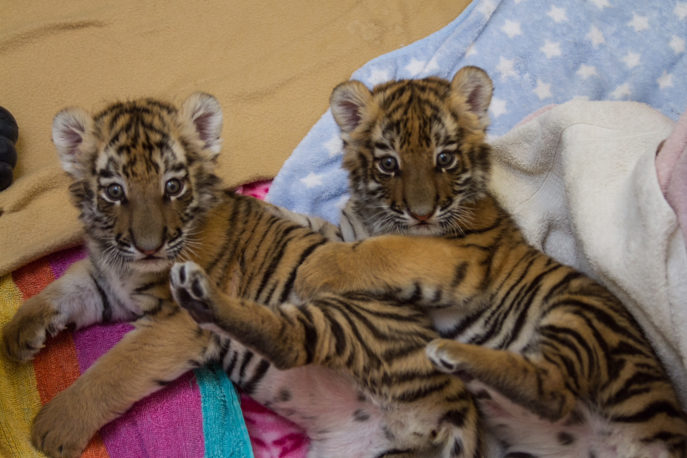
Reka and Zeya, CT’s Beardsley Zoo’s two rare Amur tiger cubs
There are many things in life that demand my attention, but some of them leap to the front of the line. Zoos had not been on my radar screen, but that changed with the news that Connecticut’s Beardsley Zoo was hand-rearing two critically endangered Amur tiger cubs.
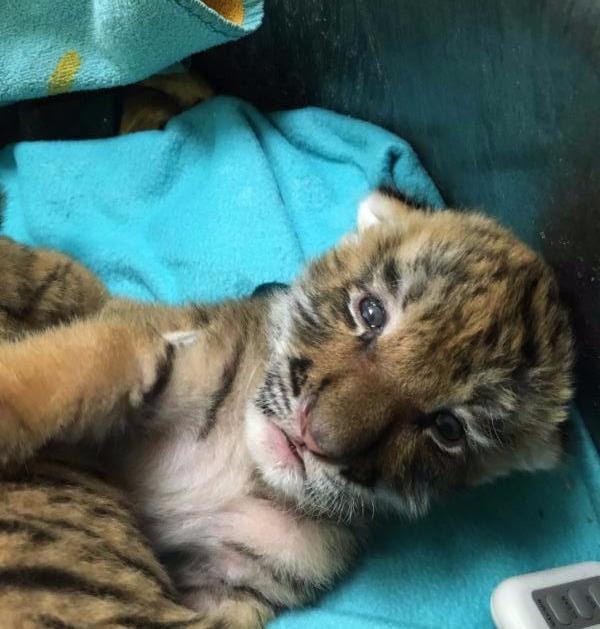
Zeya, shortly after birth
Having my little grandsons visiting with me when the tiger cubs were born was good timing, as we learned about endangered tigers and the Zoo’s work to save endangered animals together. I found out that without the help of accredited zoos, my grandchildren’s grandchildren may never see a live tiger, or any number of other species on earth today.

The Amur leopard is the rarest big cat on earth, with fewer than 60 individuals surviving in the wild.
The world around us is changing. According to the World Wildlife Fund, earth has lost half of its wildlife in the last 40 years. We are confronting the loss of wildlife on a massive scale, largely due to human interaction. One estimate says that there are currently 16,938 animal and plant species threatened with extinction. One in three on the list are amphibians, one in four are mammals, and one in eight are birds.
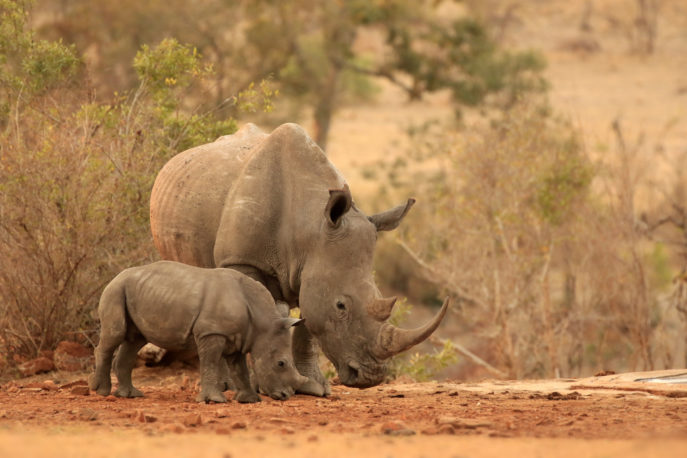
Northern white rhinos are functionally extinct, with only a handful of rapidly aging individuals left in captivity.
Lists of the most endangered animals in the world today include the Amur leopard, gorillas, sea turtles, orangutans, Sumatran elephants, the Saola, the Vaquita porpoise, the tiger (all subspecies), rhinos, and pangolins. There are many, many more.

The single largest cause of threats to animals? Habitat loss, due to deforestation, the expansion of farms across fragile areas, and logging. In addition, many of these animals are poached for their horns, tusks, or bones, have organs that are used in Traditional Chinese Medicine, or are persecuted and hunted. Other factors include climate change, resource depletion, and territory fragmentation, which keeps healthy, genetically different animals from successful breeding.
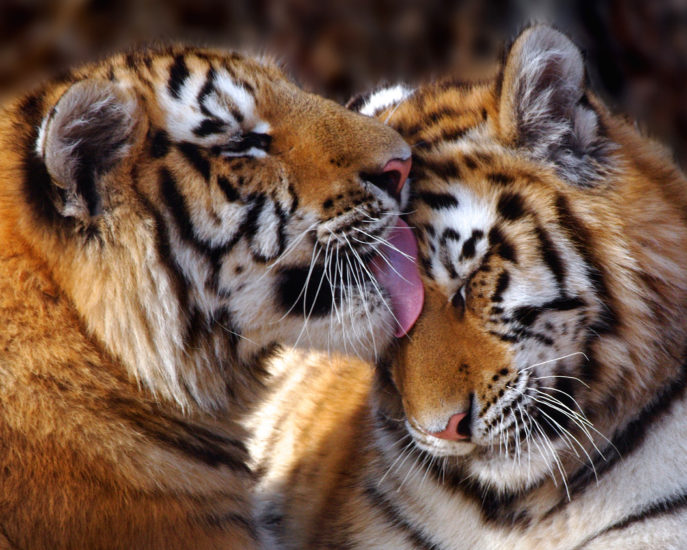
Tigers at CT’s Beardsley Zoo.
There are many organizations fighting to help animals in the wild, with varying levels of success. The “wild,” as it used to exist, is rapidly disappearing. While some well-intended activists call for animals to be released from captivity, their perspective does not address the fact that wild habitats today are facing environmental degradation and animals are being hunted to extinction. Many animals in the wild are theoretically protected, but that does not mean they are safe.

Deforestation is causing a decline in the Red panda population as their nesting trees and their primary diet, bamboo, are being destroyed. This is Meri, CT’s Beardsley Zoo’s four year old female, who may help sustain her species.
Today’s accredited zoos and aquariums have had to become Noah’s Arks, sustaining populations through carefully monitored captive breeding programs, and providing a home, nutrition, medical care, and survival to some of the world’s most endangered species.
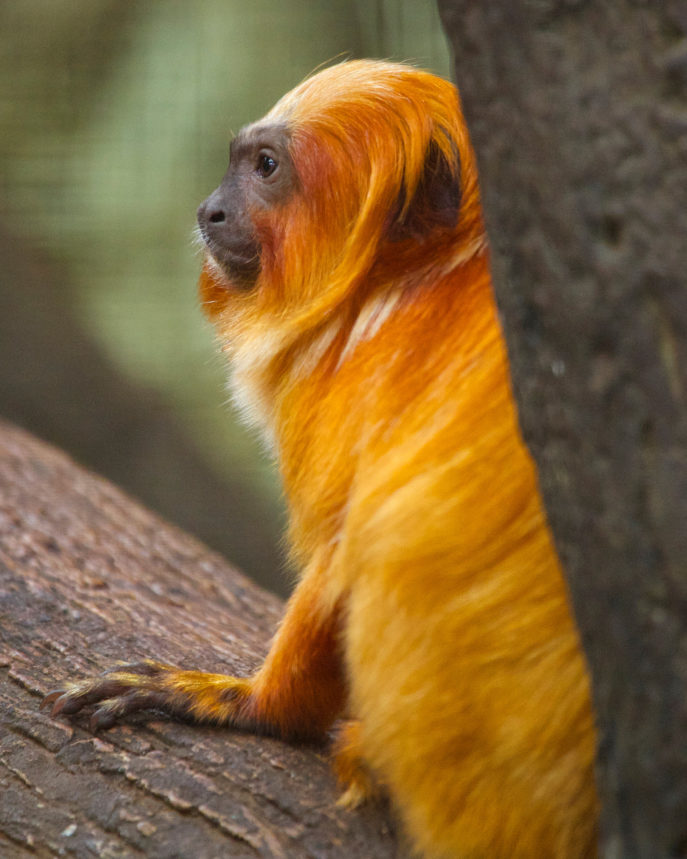
Most of the areas the Golden Lion tamarin call home have been poorly protected. A sustained Zoo breeding program beginning in the 1970s allowed Brazil’s GLT population to rebound somewhat due to reintroduction. Continued loss of forest habitat, however, keeps the GLT on the endangered list.
According to the Association of Zoos and Aquariums (AZA), of 2,800 USDA licensed animal exhibitors in the U.S., only 230 are accredited members of the AZA. Why does that matter? Because the AZA requires that its member zoos meet rigorous standards for animal welfare, conservation, education, and science. One of its primary rules for membership is respecting the dignity of animals in a zoo’s care, and acting with the animal’s best interests in mind. (Here’s a list of accredited organizations.)
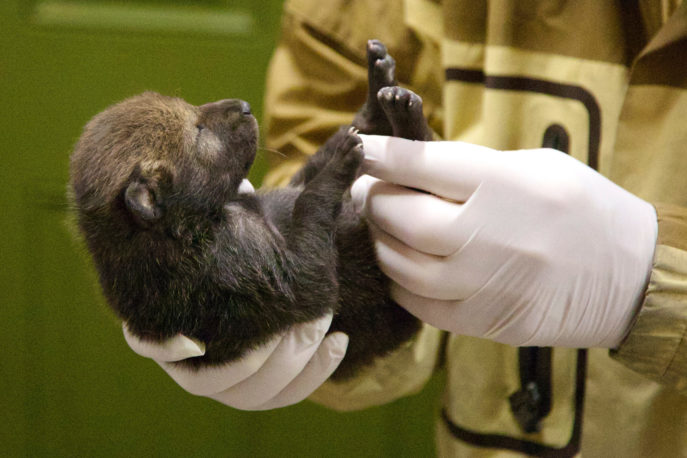
An endangered wolf cub born at CT’s Beardsley Zoo
No baby animal is ever born at an accredited zoo without a specific breeding recommendation from experts at the AZA, who keep careful track of genetics. Zoos also contribute to animal conservation efforts worldwide. Extinction rates for many species, though, continue to rise. Accredited zoos are many species’ last hope to survive total elimination.
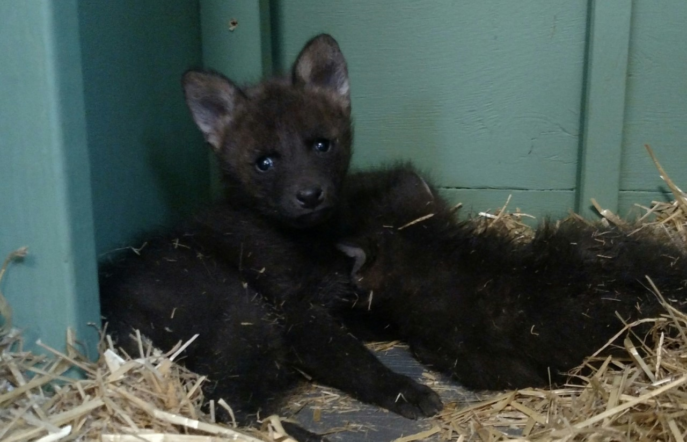
Endangered South American maned wolf cubs born at CT’s Beardsley Zoo
On November 25th, the Zoo’s female Amur tiger, Changbai, gave birth to four Amur tiger cubs, although only two survived. The two surviving cubs, both females, were removed from Changbai when she showed no interest in taking care of them.
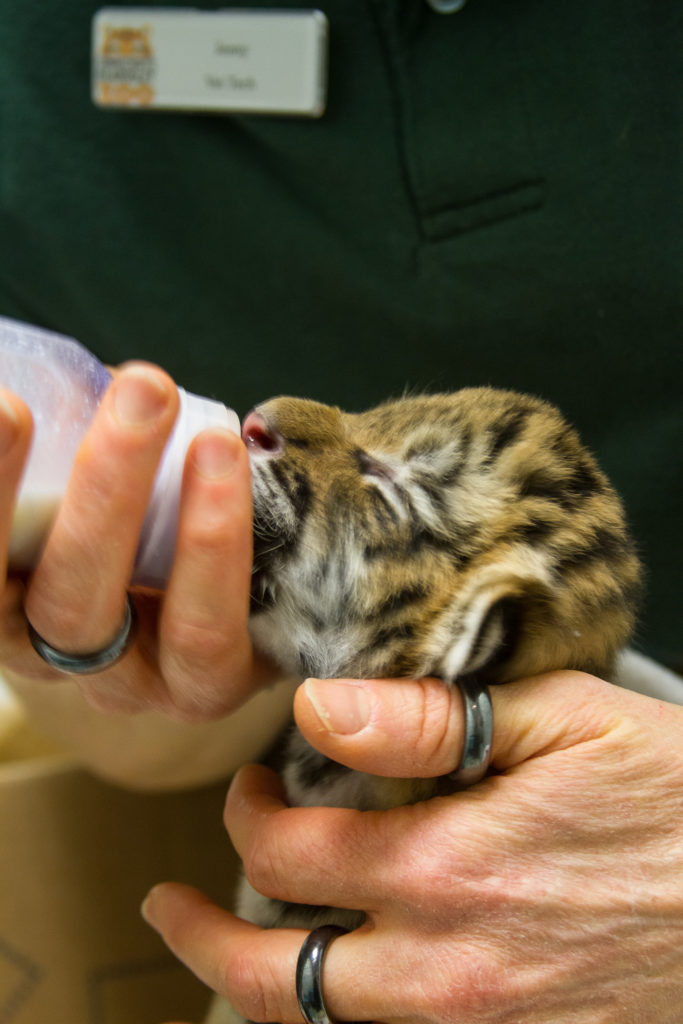
Handfeeding an Amur tiger cub in CT’s Beardsley Zoo’s animal Health Care Center
Both cubs were taken to the Zoo’s animal Health Care Center, where staff handfed the babies and housed them in a 90 degree ambient temperature nursery, to maintain their body temperature.
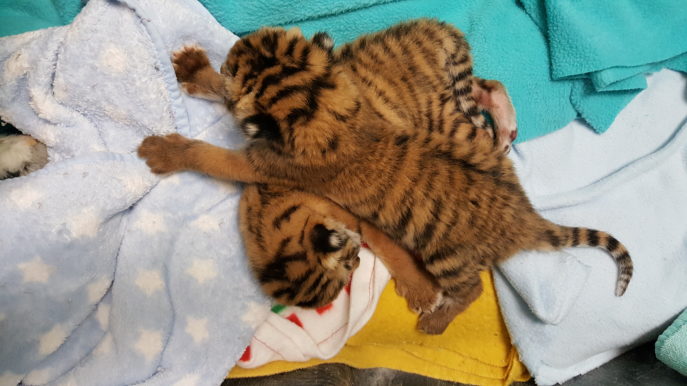
Amur tiger cubs only a few days old
At first, the cubs were given only a 25% chance of survival. A feline replacement formula, supplemented with vitamins, was prepared for them five times a day, around the clock. Today, the cubs are four months old, healthy and active. Their survival is an important step forward in maintaining the genetic diversity of Amur tigers worldwide.
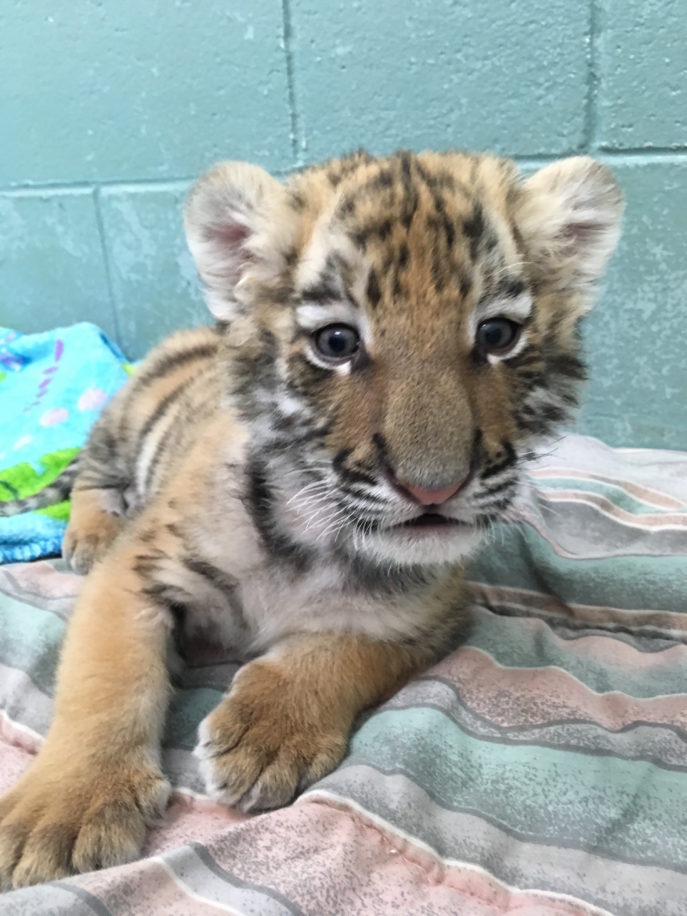
Reka, at two months old
Over the last century, tiger numbers have fallen by about 95%, and tigers now survive in 40% less space than they occupied just a decade ago. The Connecticut tigers are Amurs, and sadly, there are only about 500 Amur tigers left in wild places–specifically, the Amur River Valley region where Russia, China and North Korea meet.
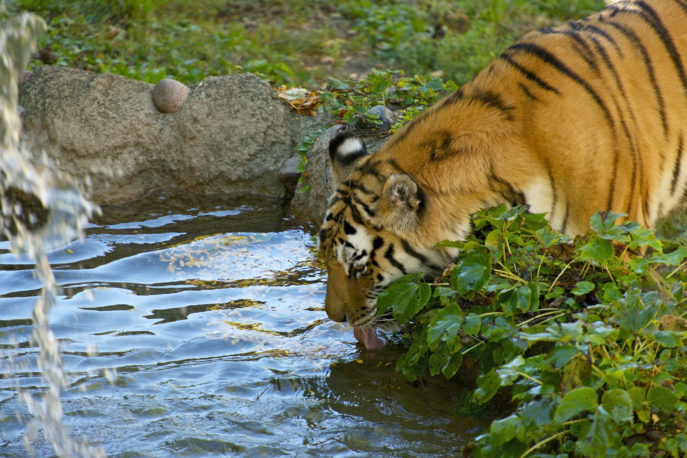
Wild Amur tiger in the Amur River Basin, Russia
Michael Hutchins, director of conservation and science for the AZA said, “Millions of dollars go to house artwork in museums, but there are more Rembrandts in the world than there are Siberian (Amur) tigers.”
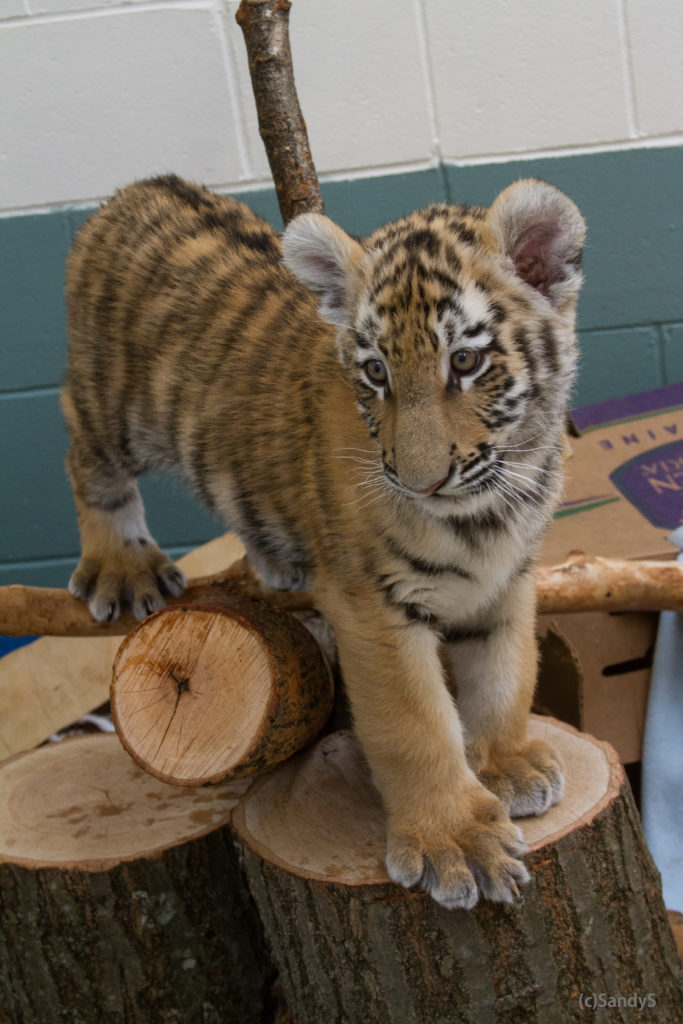
Amur tiger cub at CT’s Beardsley Zoo. The cubs’ survival is important to sustaining the critically endangered tiger species.
The AZA says: “We believe in a better future for all living things. We envision a world where all people respect, value and conserve wildlife and wild places.”
Want to watch the tiger cubs on a live web cam? Click here.
To contribute to Connecticut’s Beardsley Zoo, or to help fundraise for a new tiger habitat, click here.





Have been following the Tiger Cub Sisters – Reka and Zeya – from birth onwards.
Would love to see their picture on…a T shirt (good quality…with prepaid subscriptions so cost plus donation is guaranteed.
Would even love to see the Tiger Girl Cubs on Kelloggs Frosted Flakes…
(give Tony the Tiger a temporary break) 😉
Perhaps some creative persons can put together a Tiger Cub Book sharing pics of Reka and Zeya and some of the ideas you have above…but for children.
I am trying to figure out how to post this to social media, the article about the Amur tiger cubs. Please advise. I cannot find a link to post it.
Hello Ginger–Sorry to be so late in replying. Somehow we missed your comment. If you want to post to social media, you can copy the URL in your browser and paste that into your post. We haven’t yet added a link to FB and other social media sites, although we should!